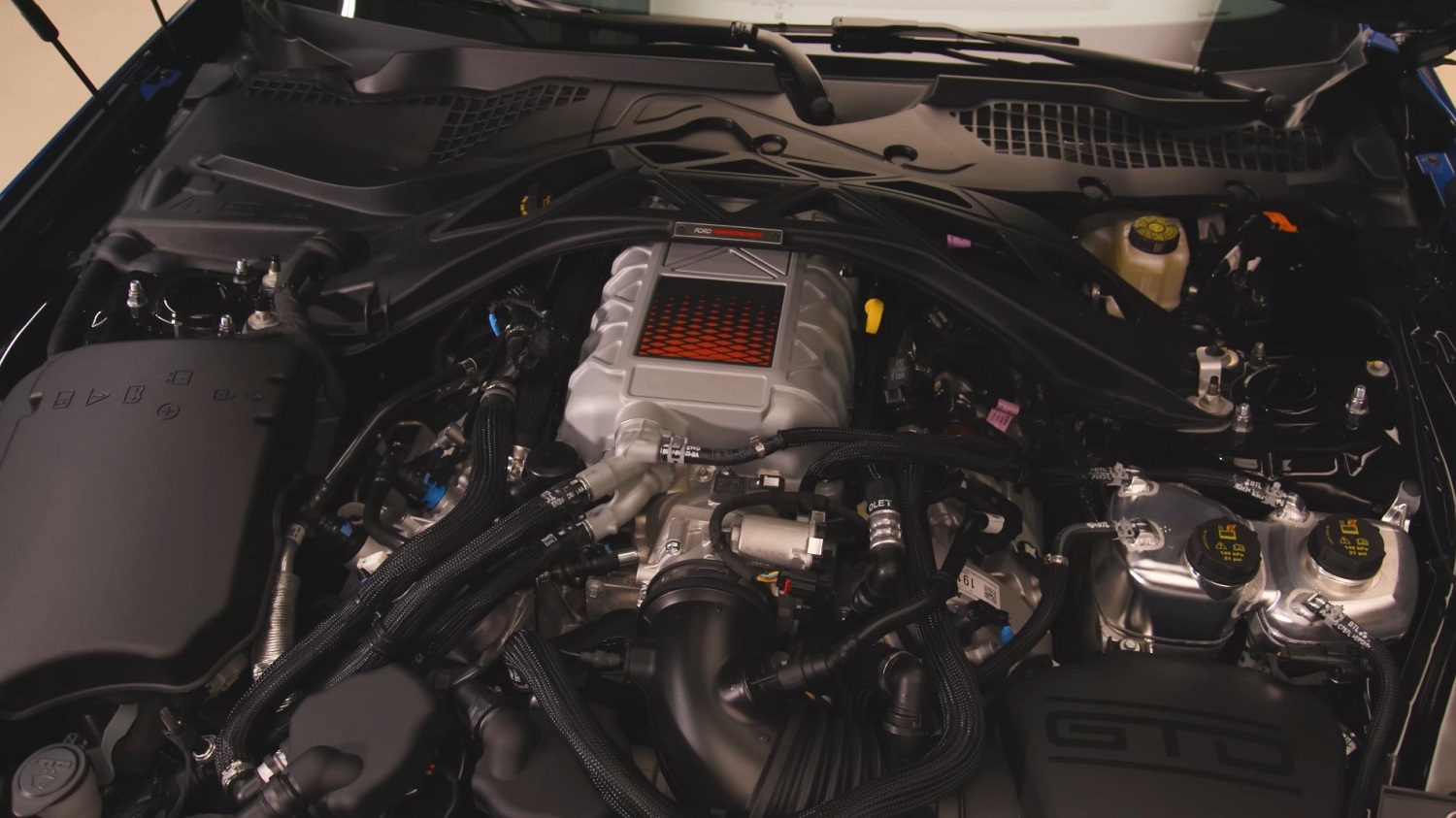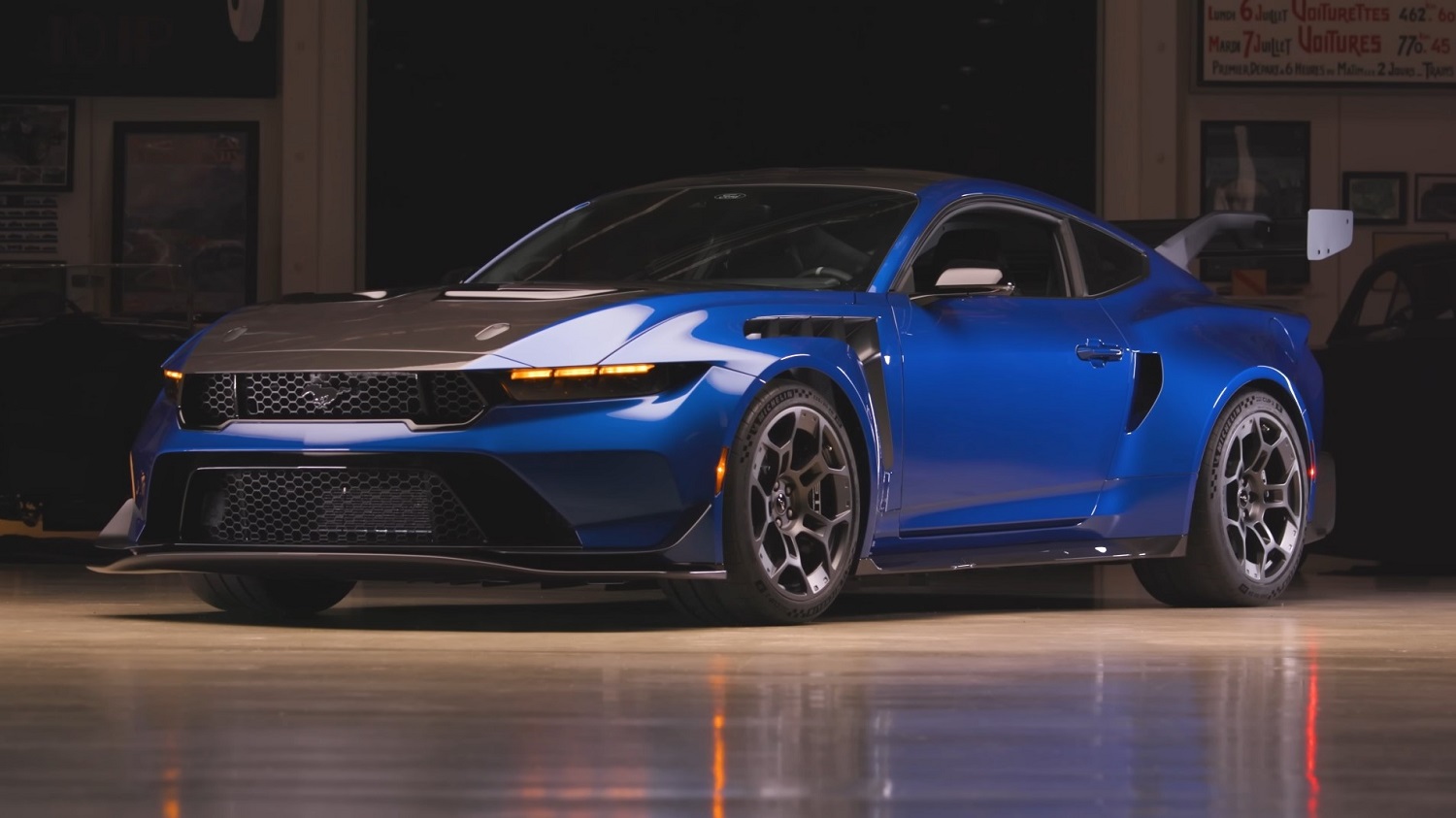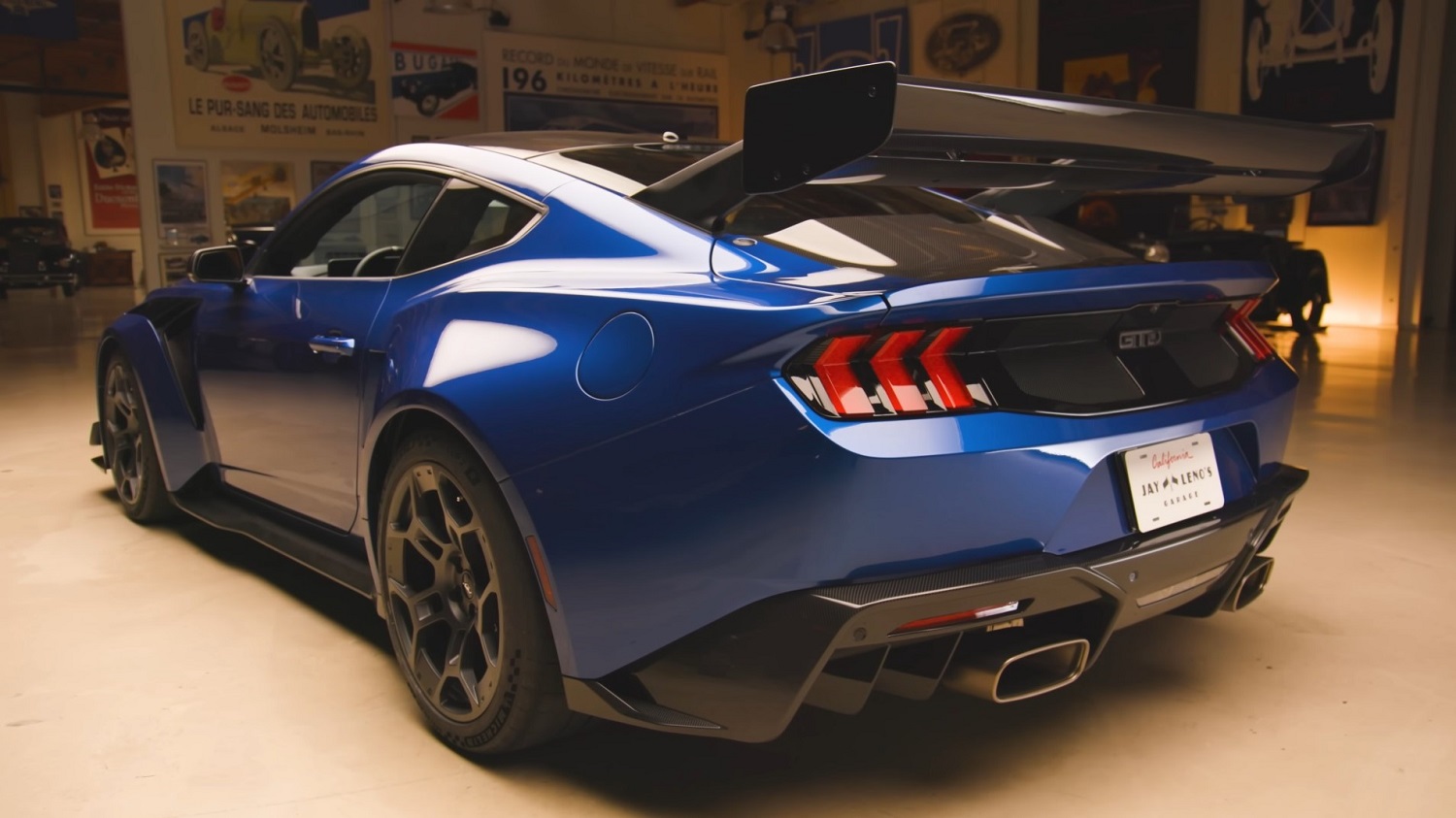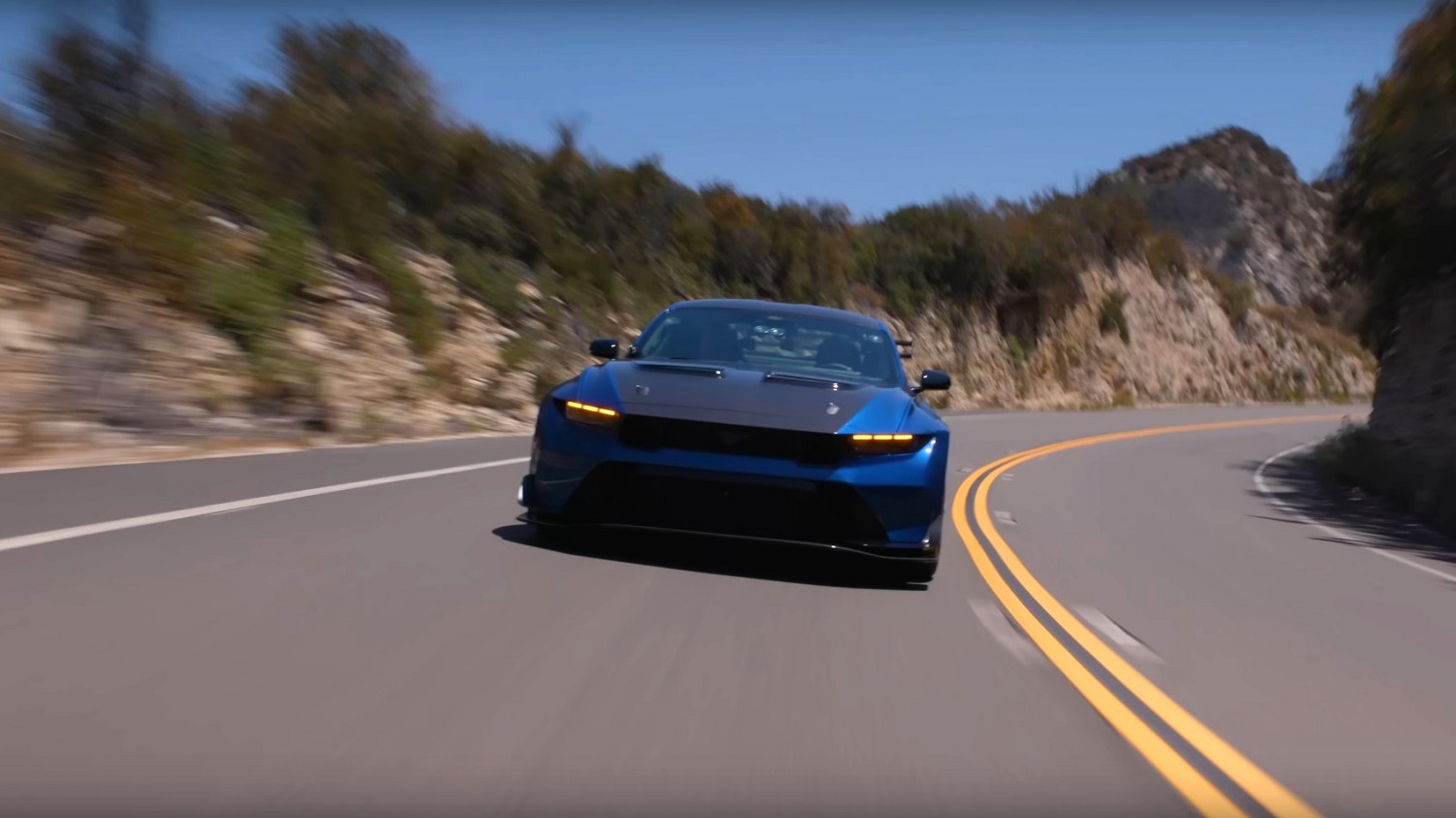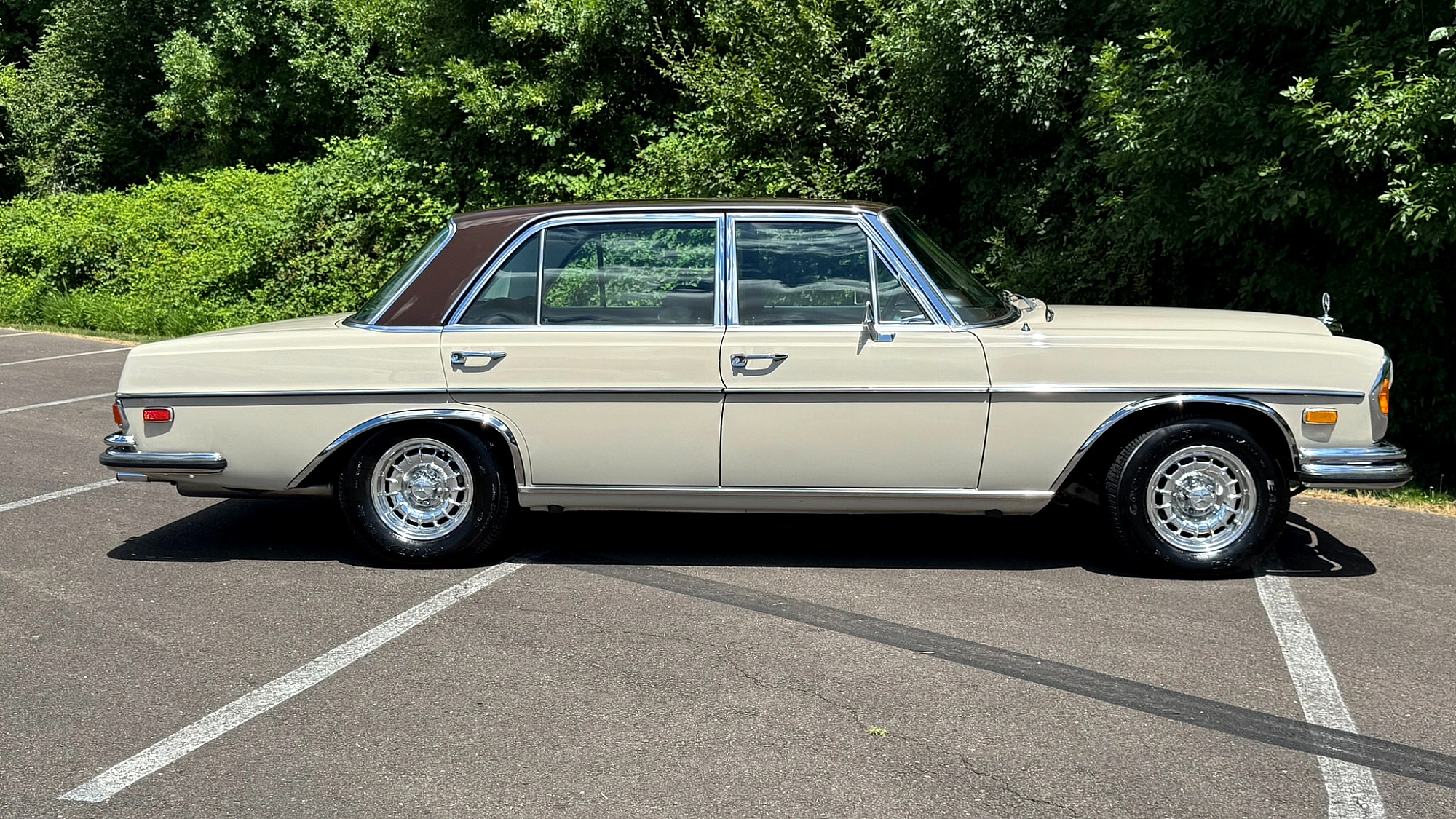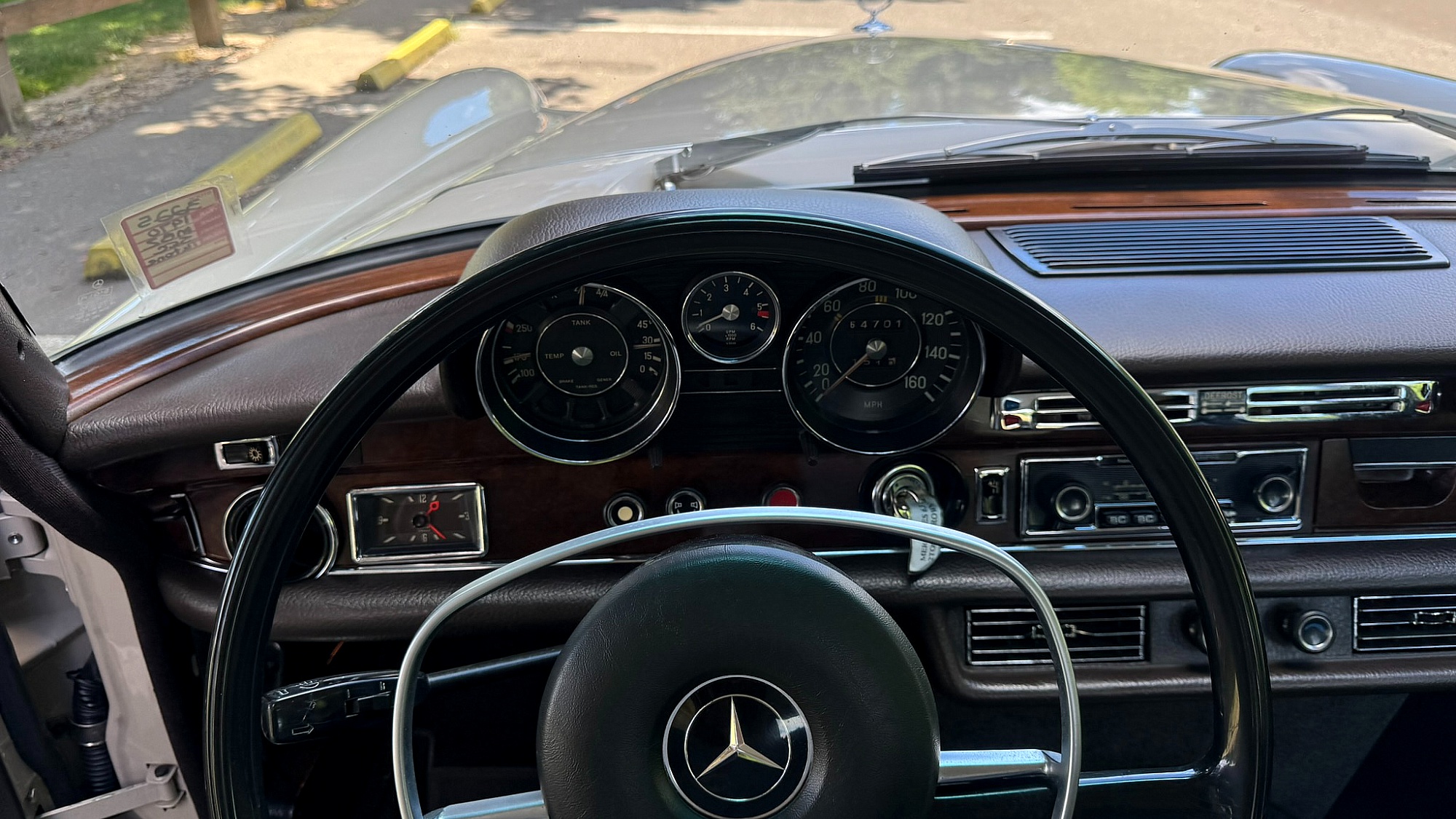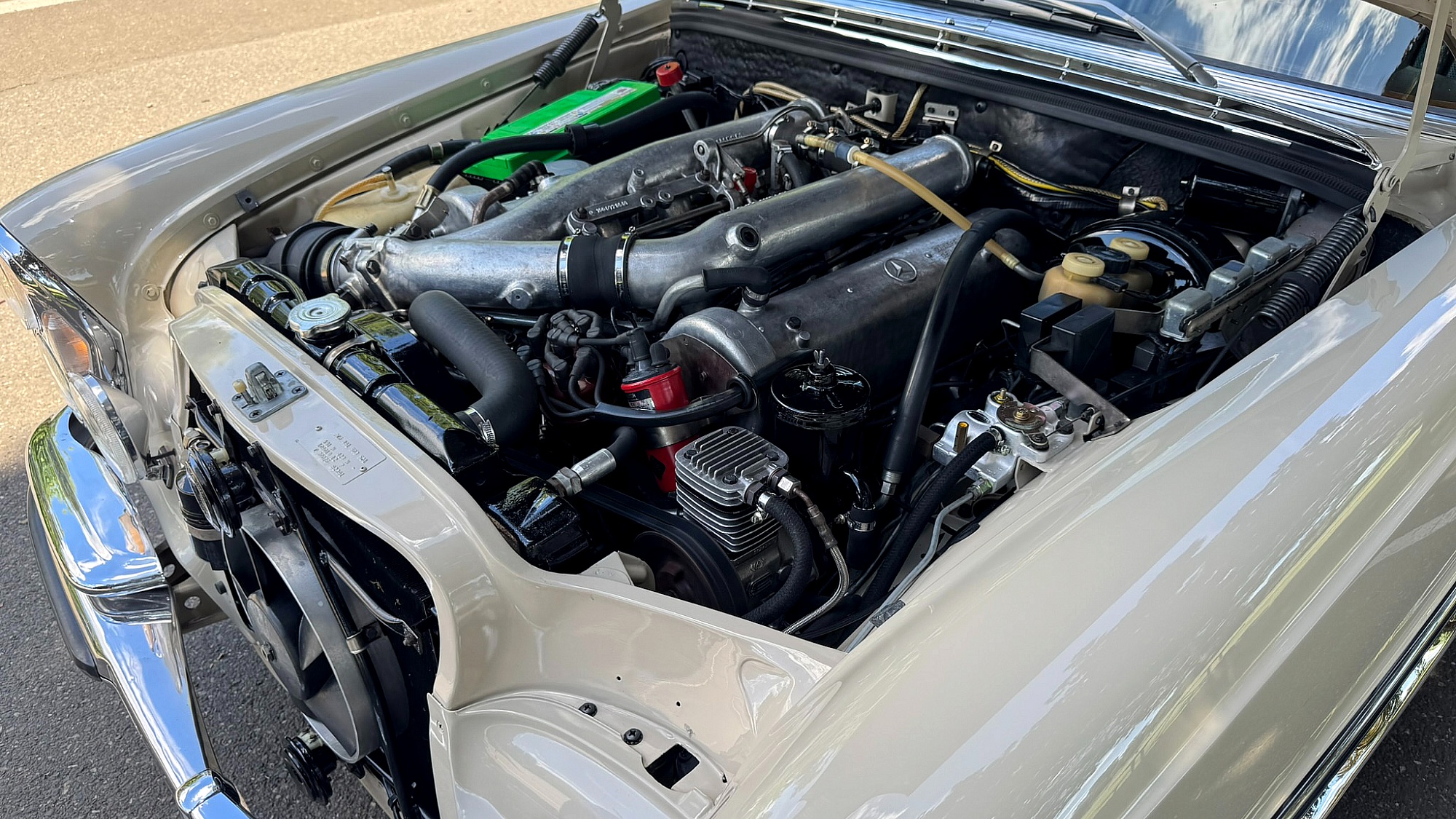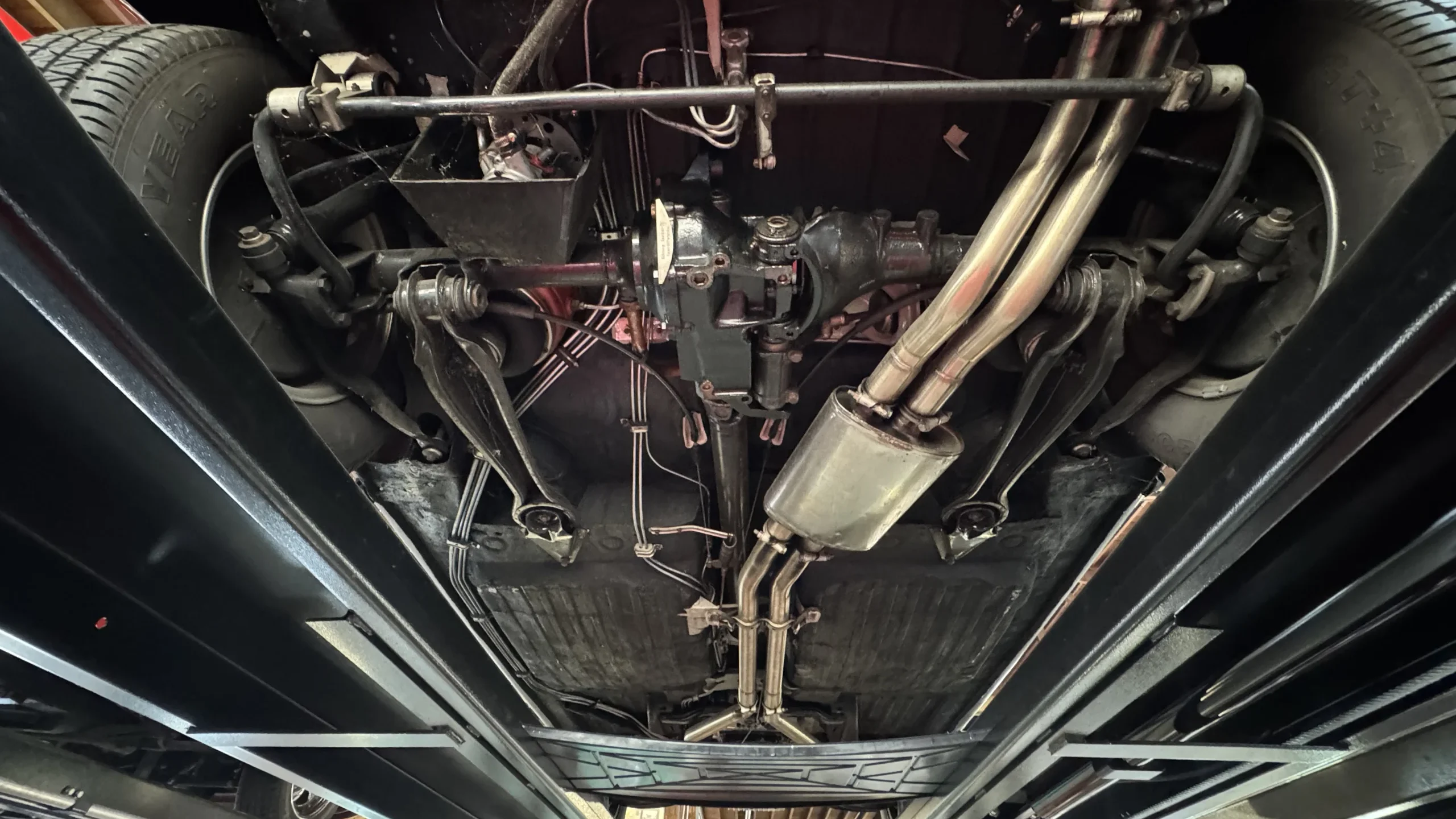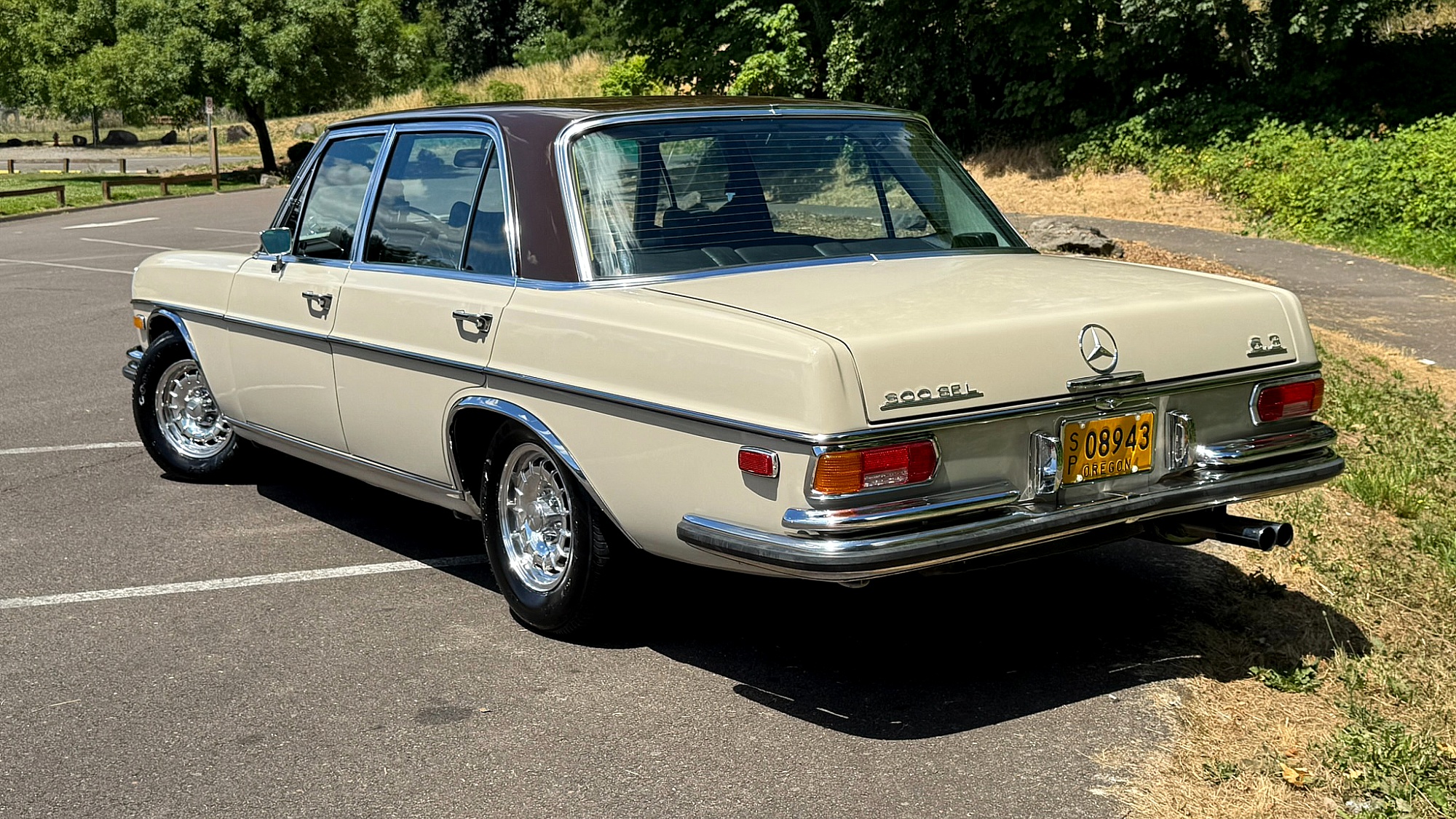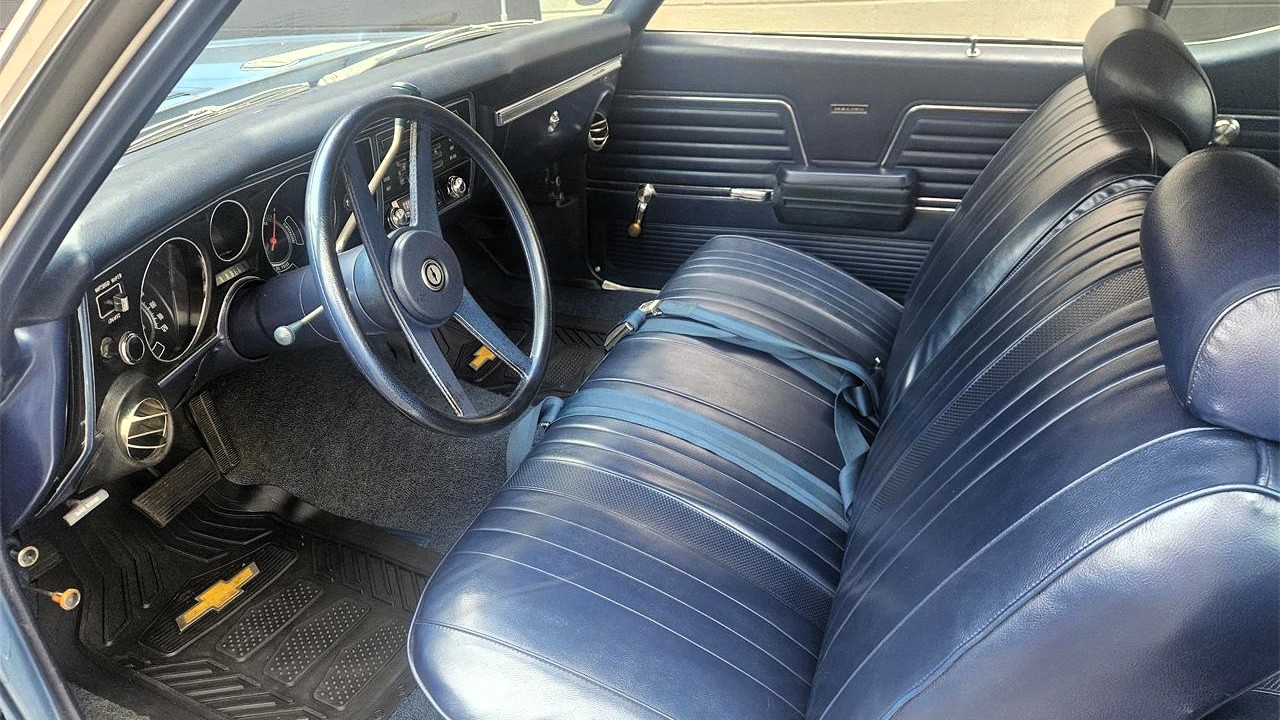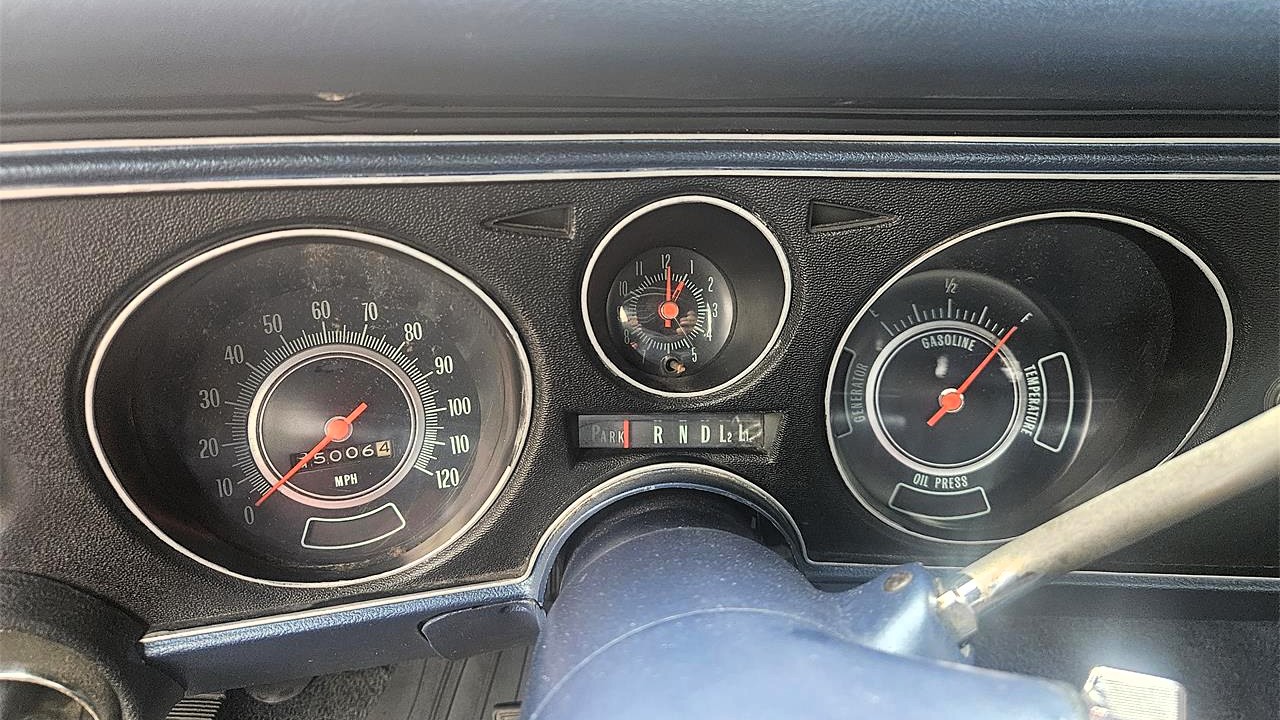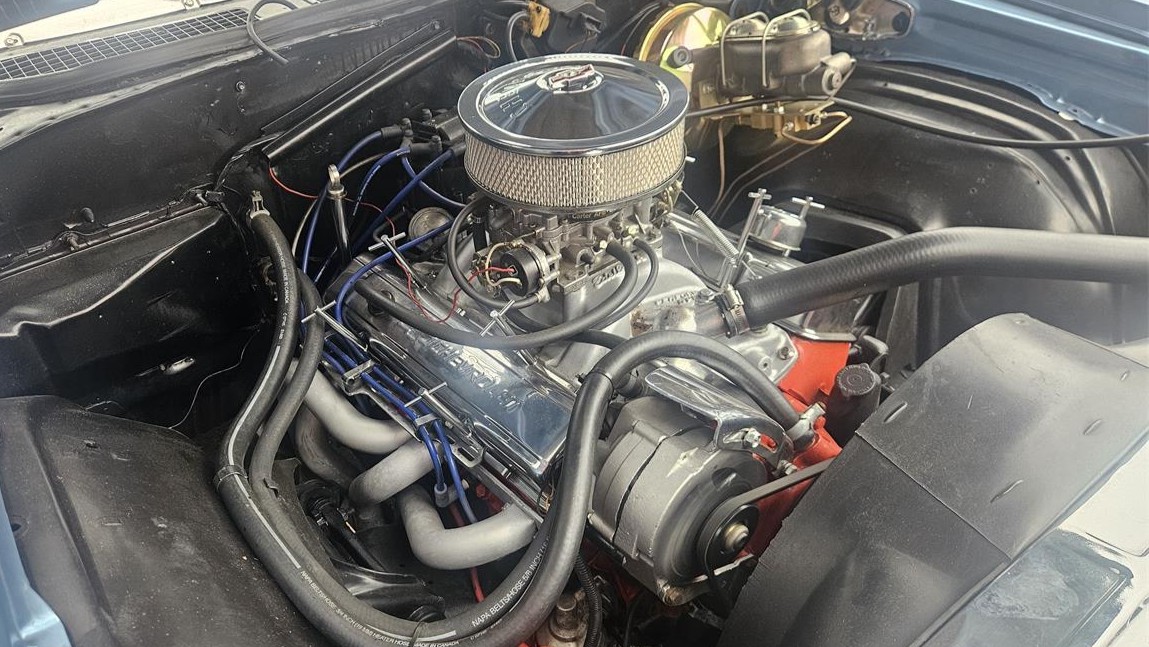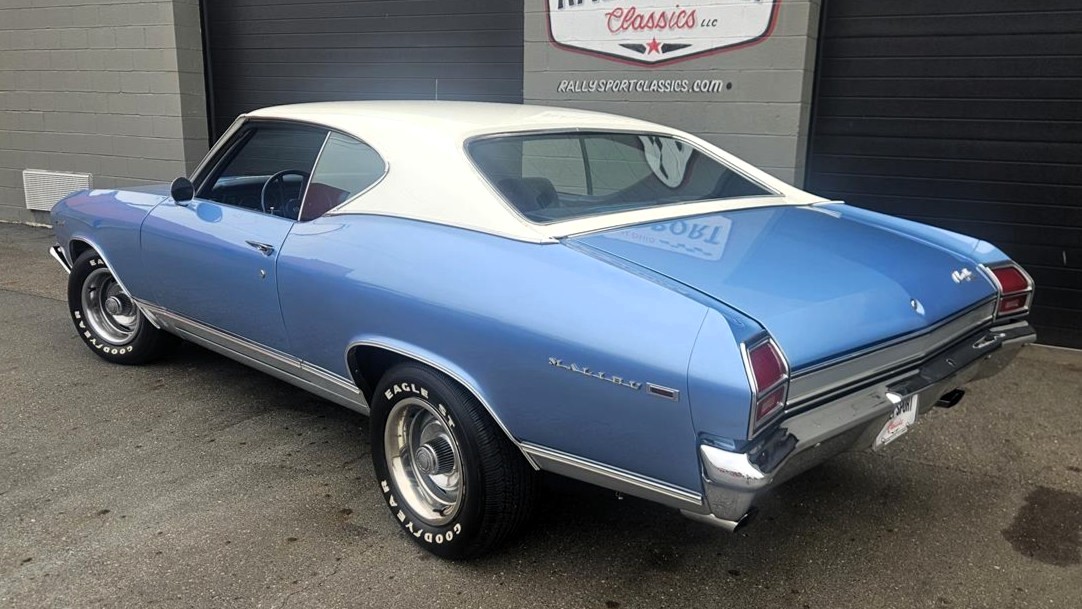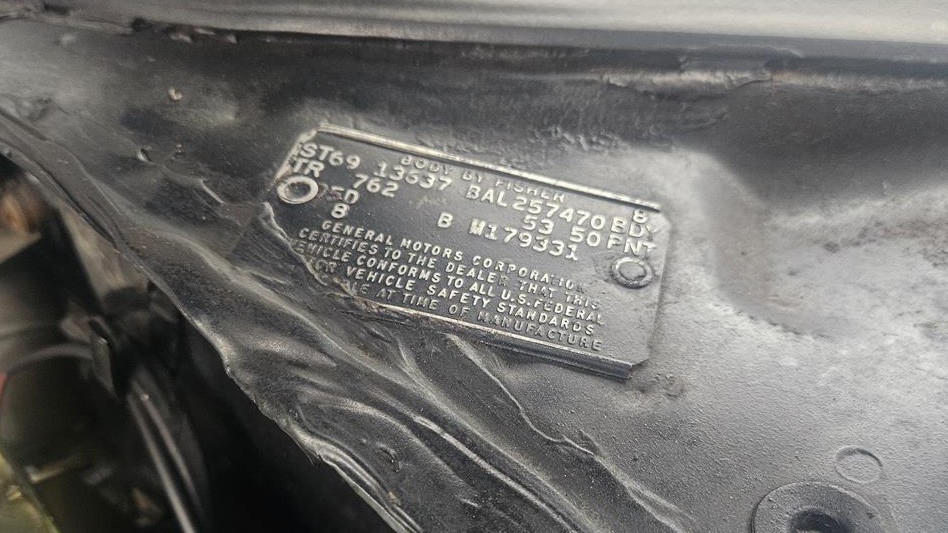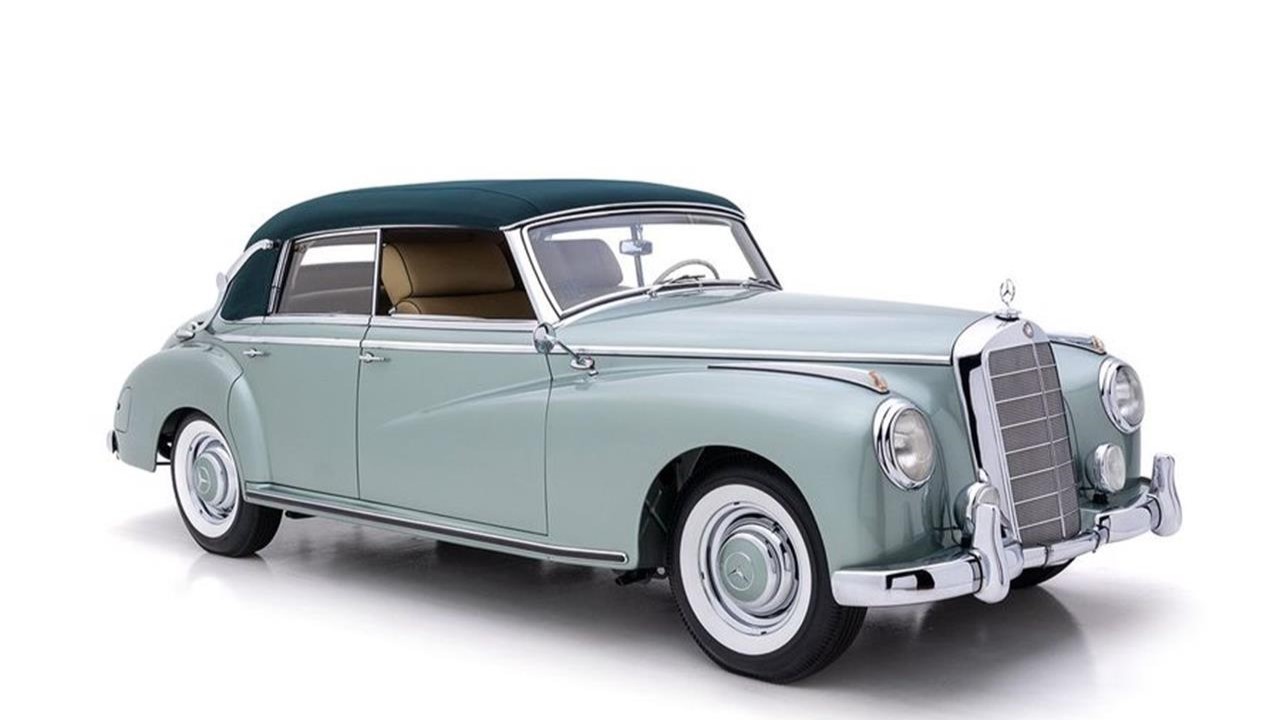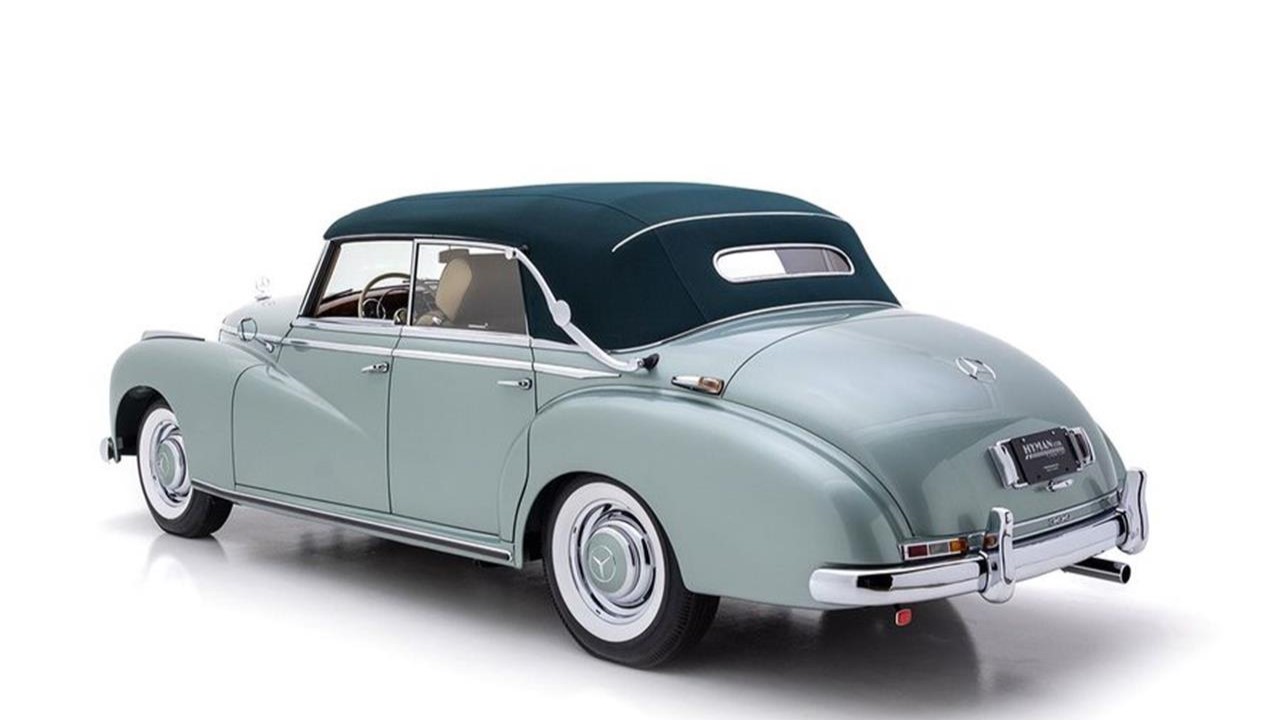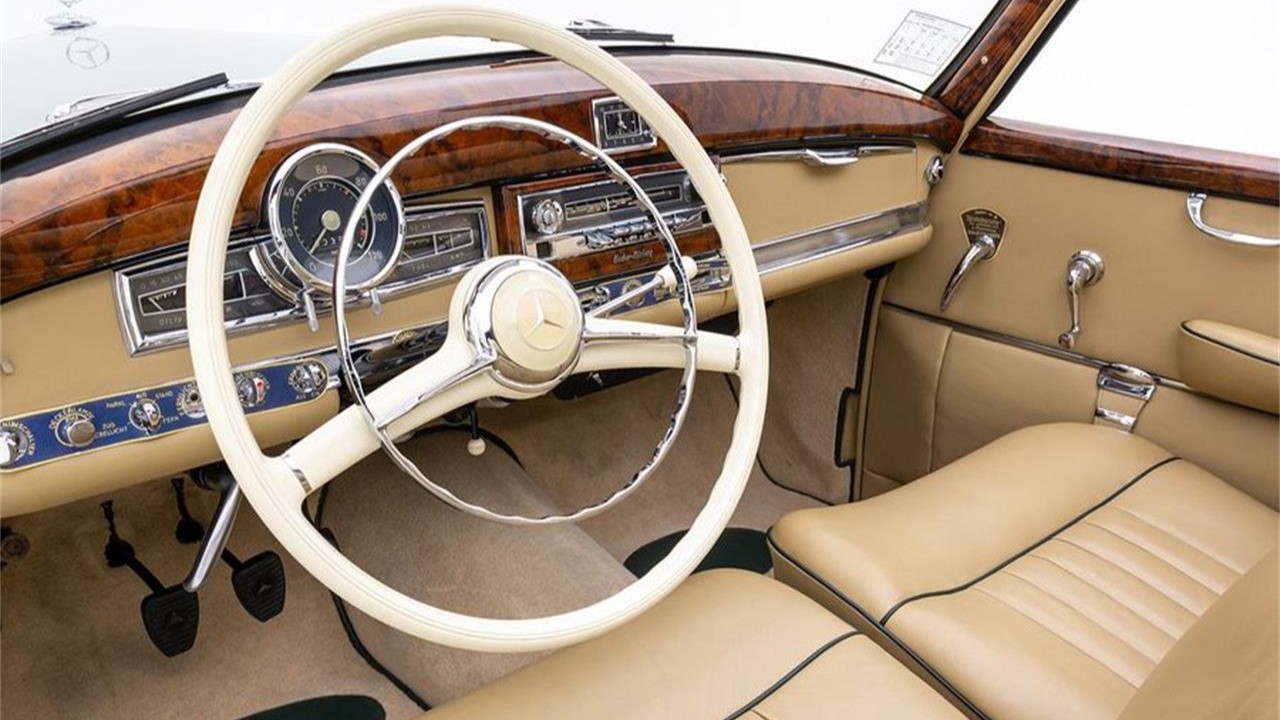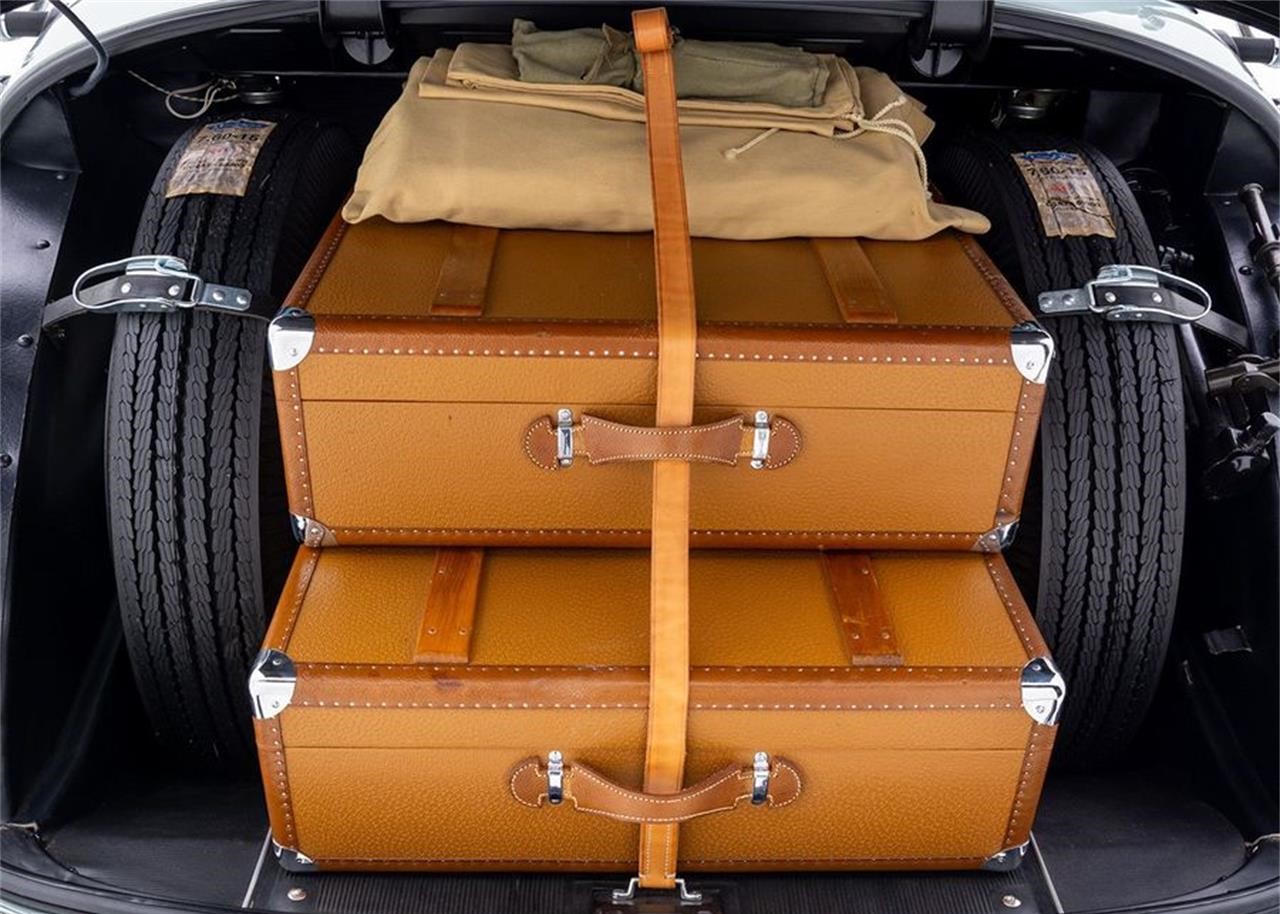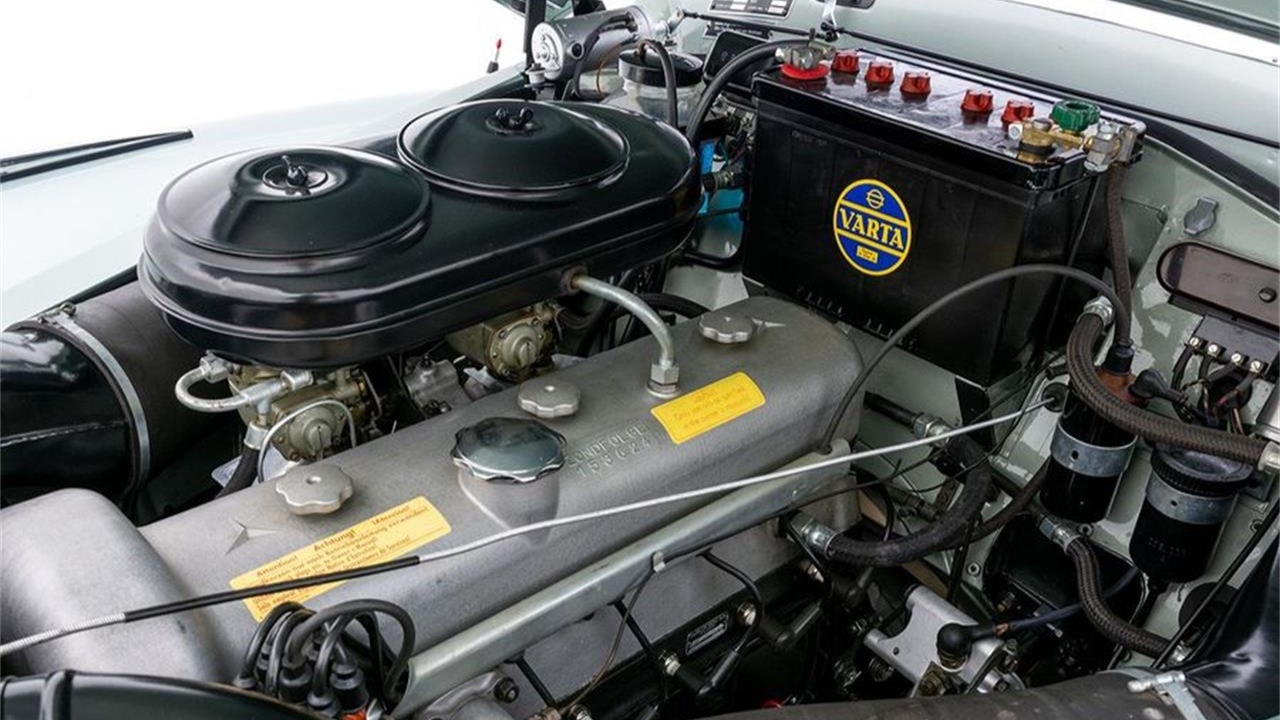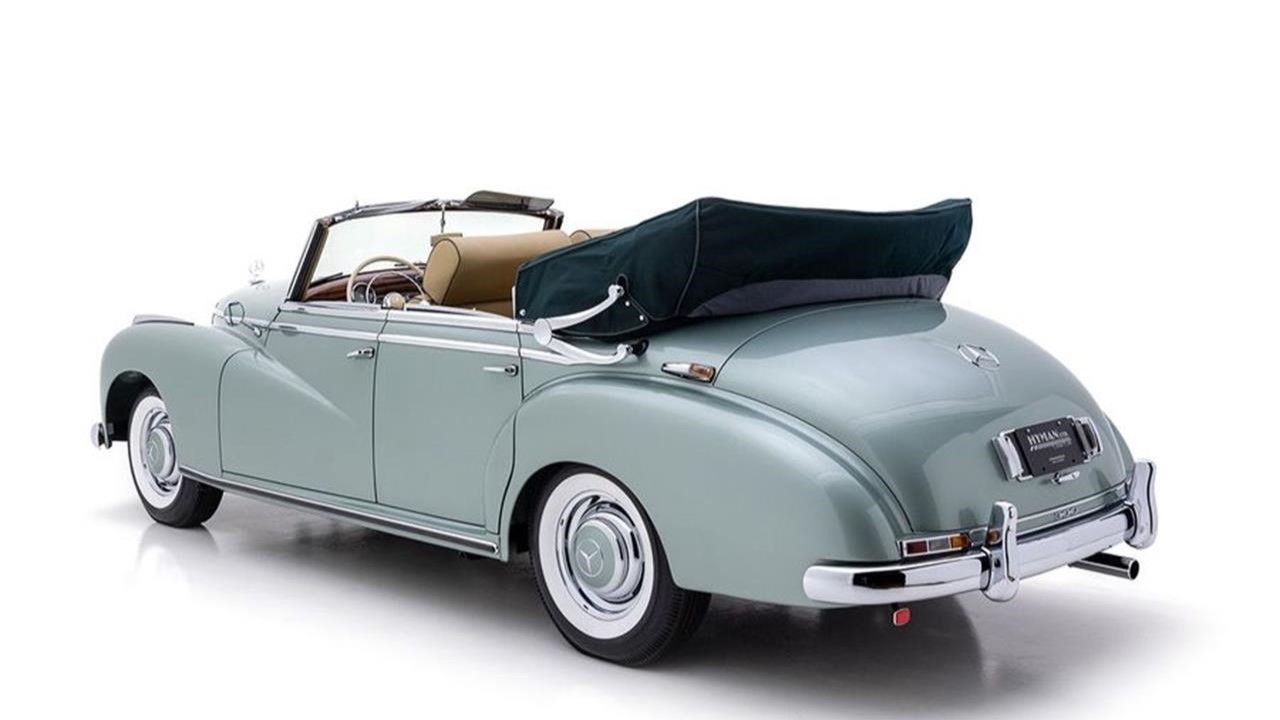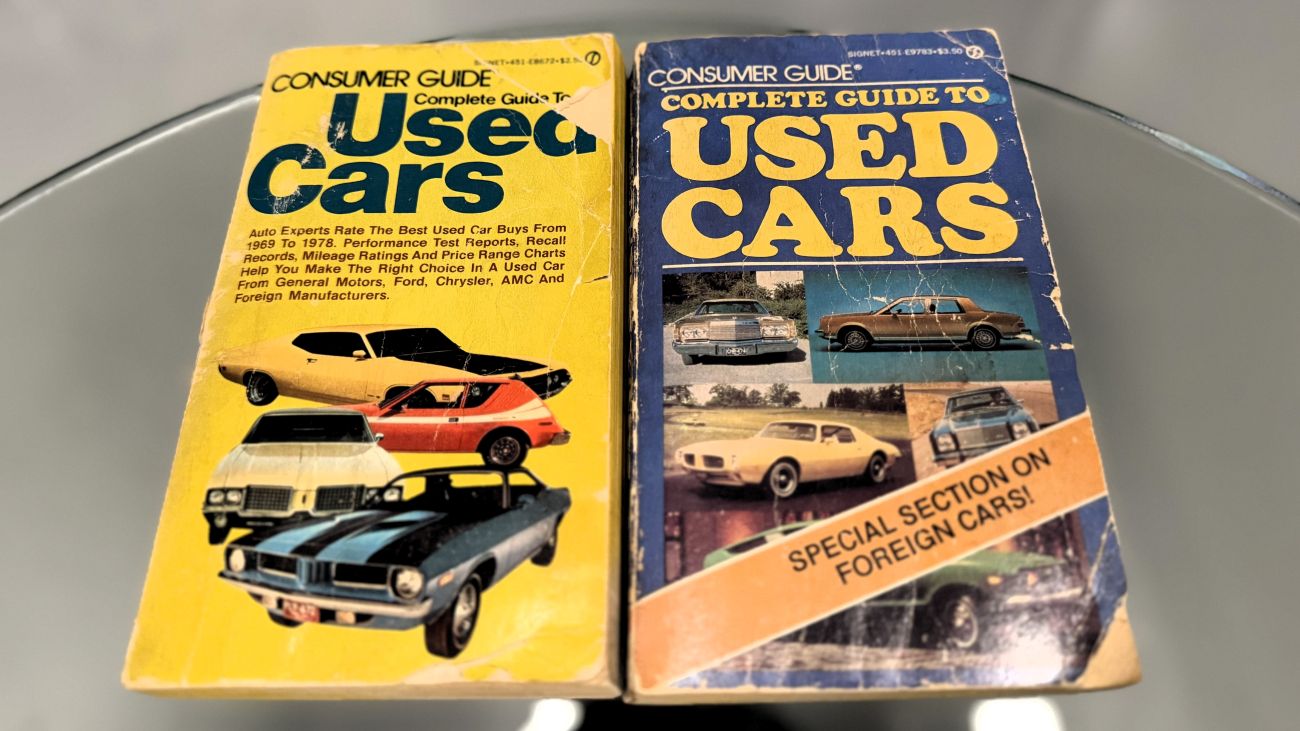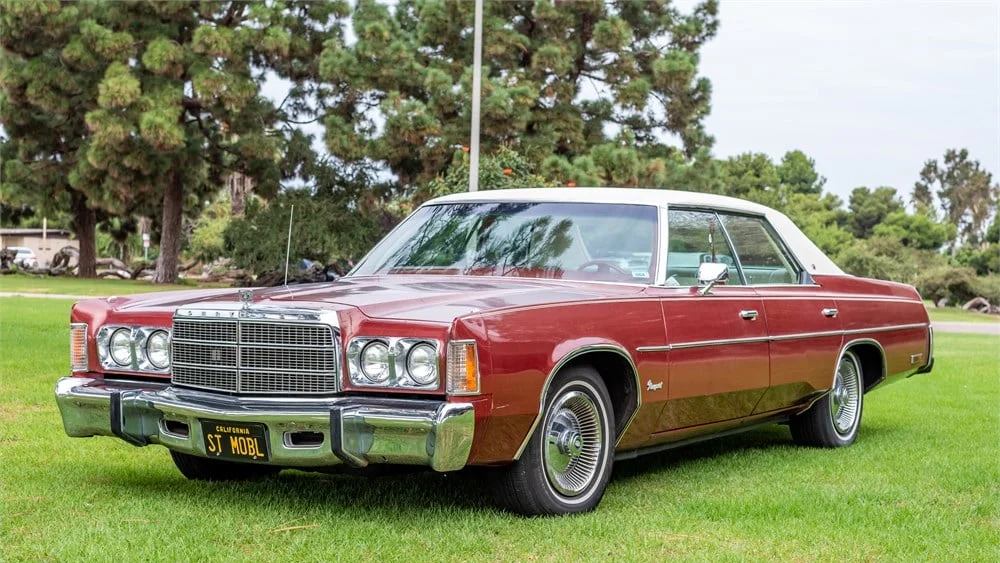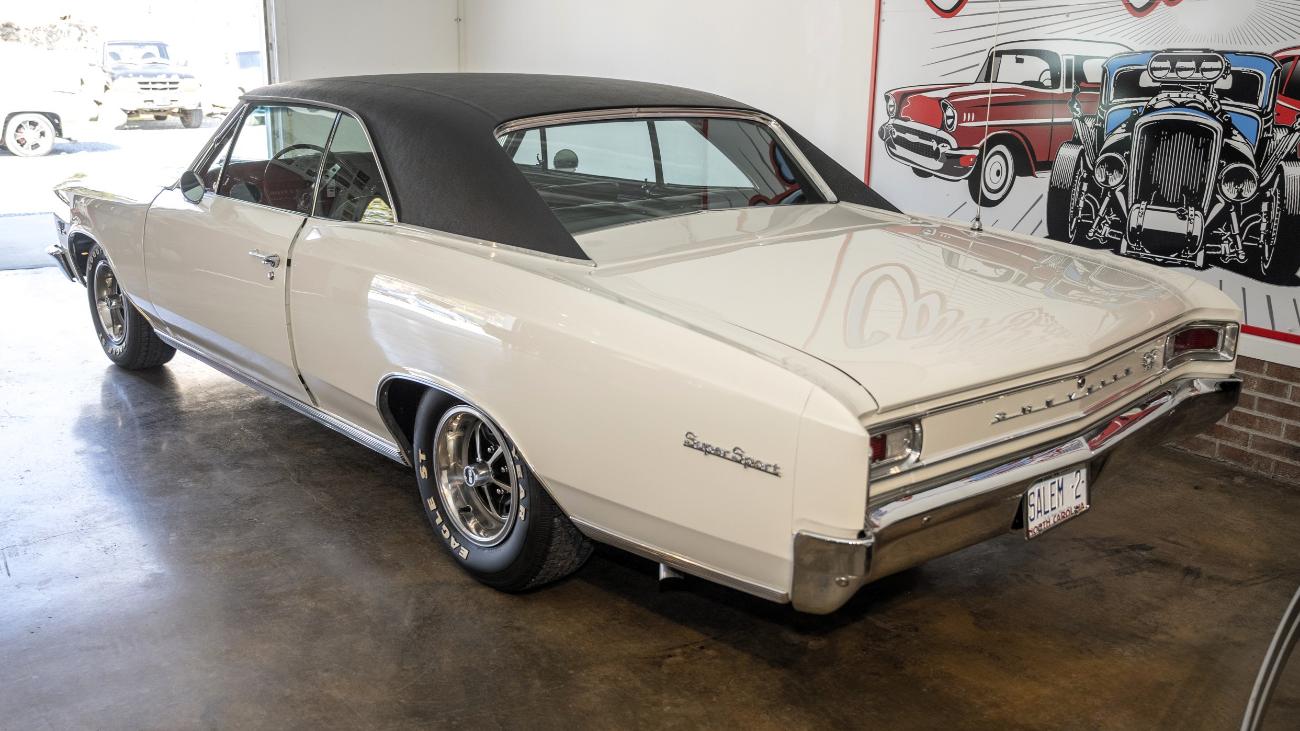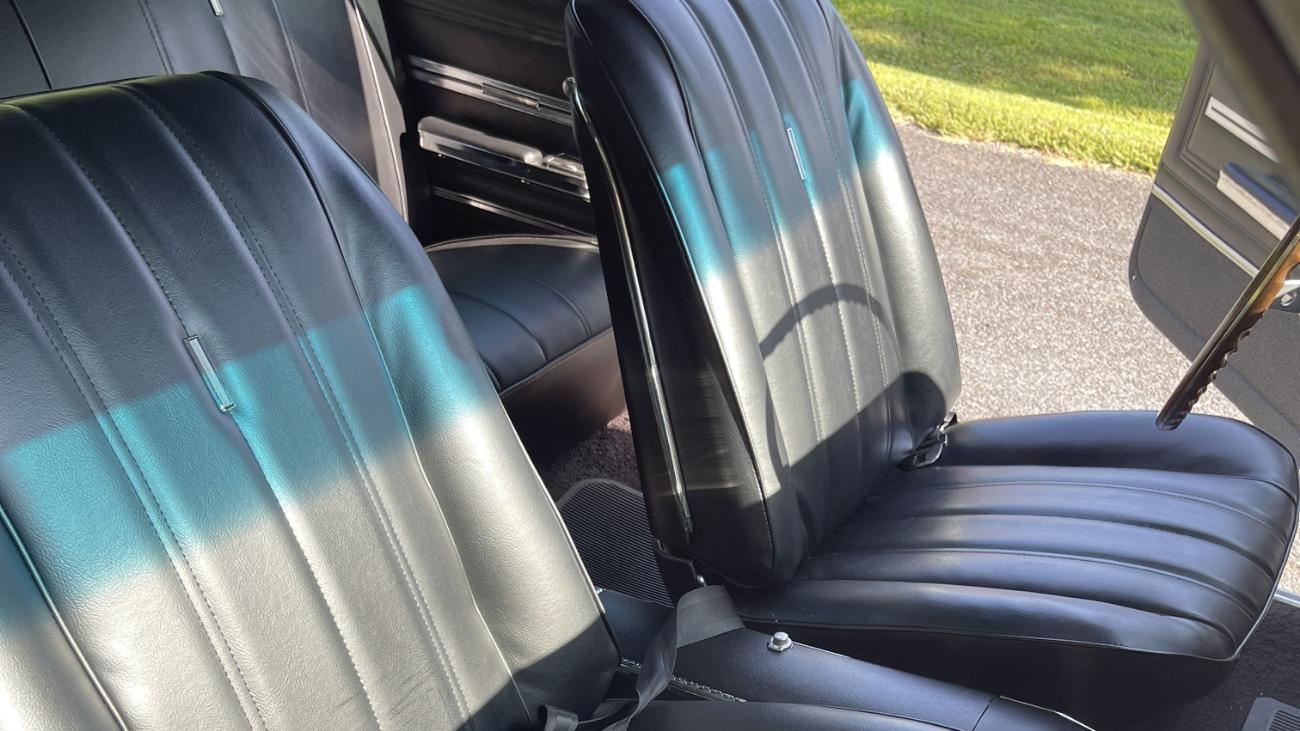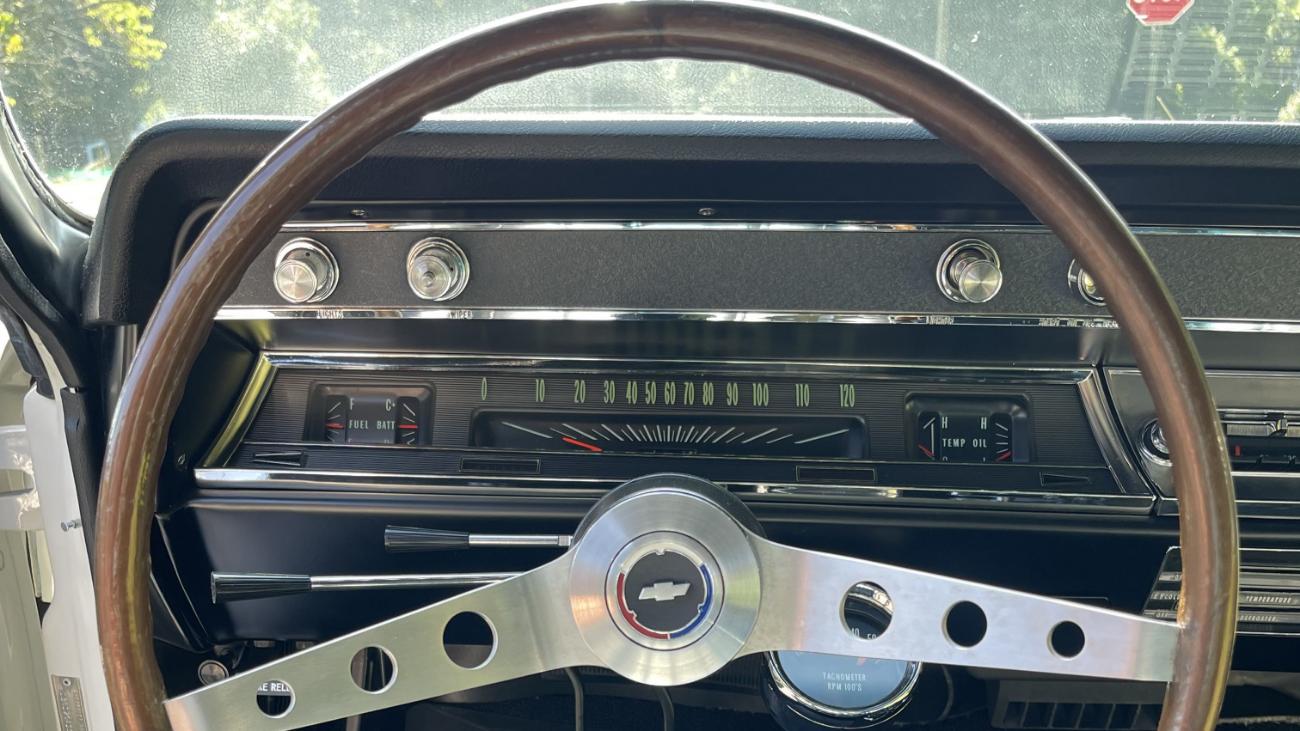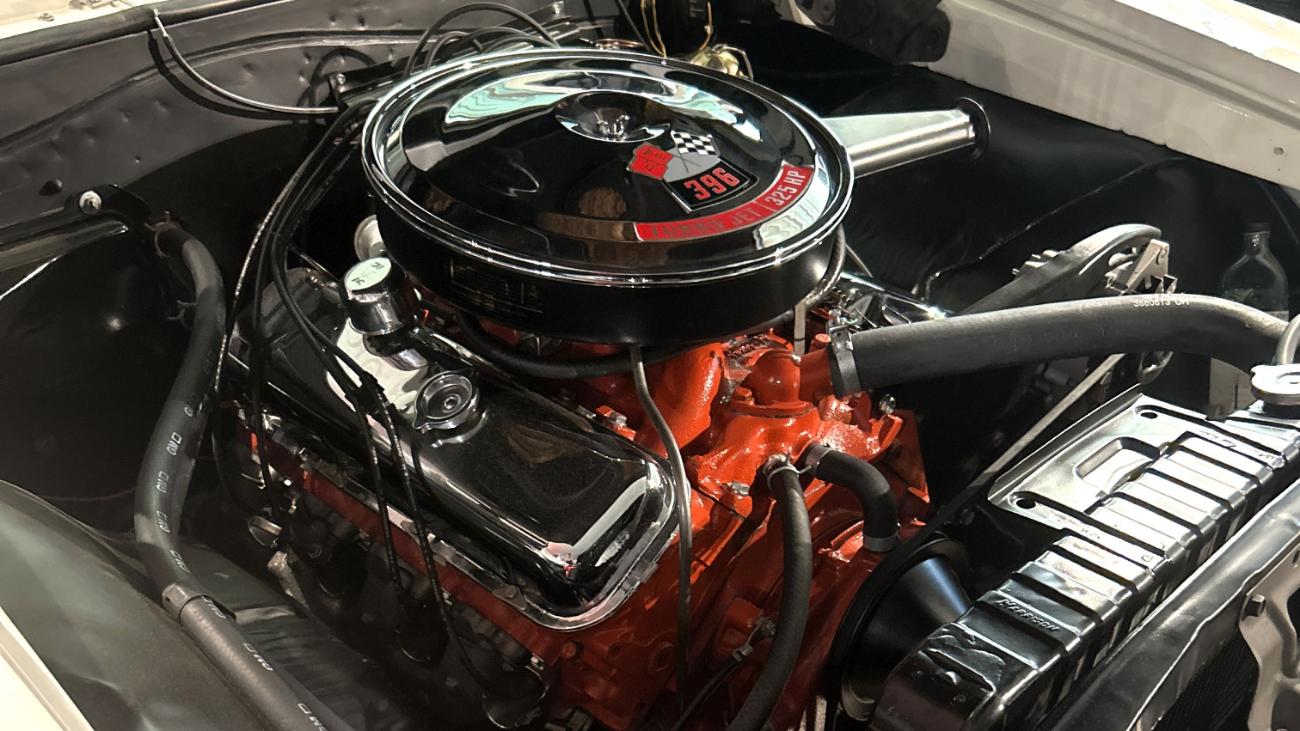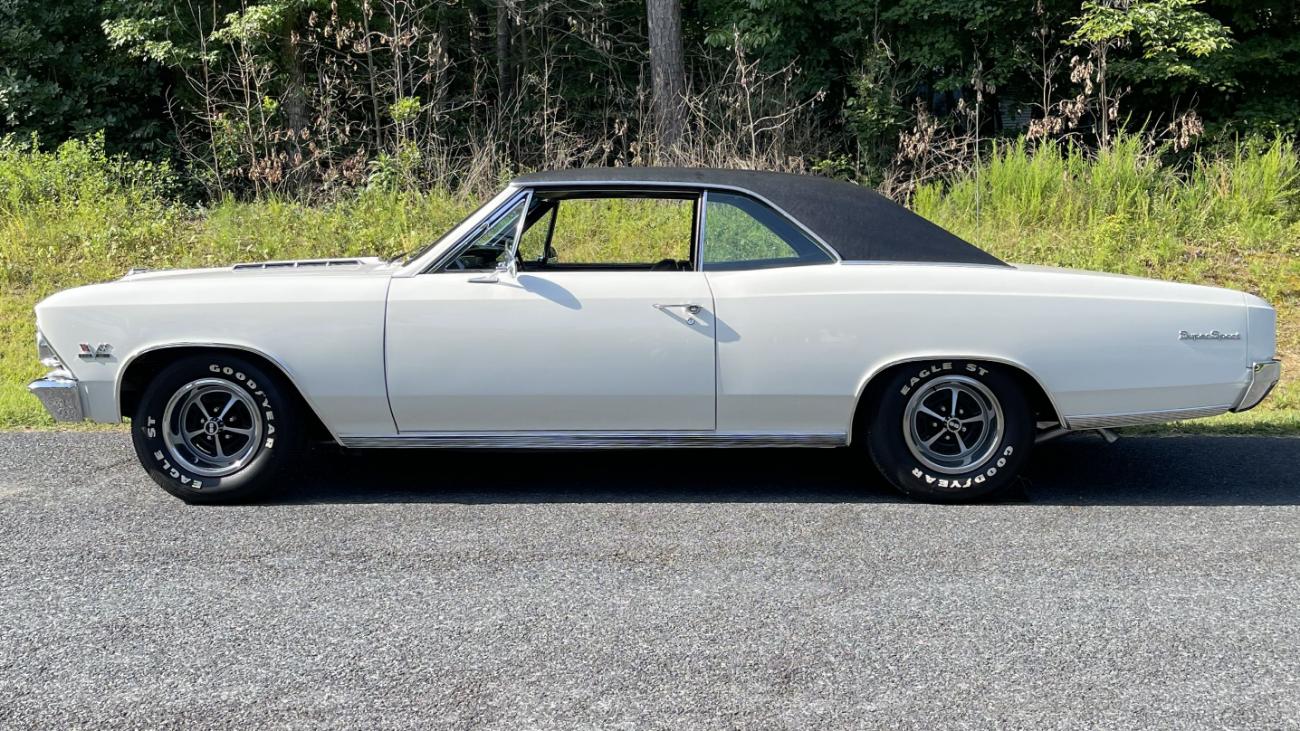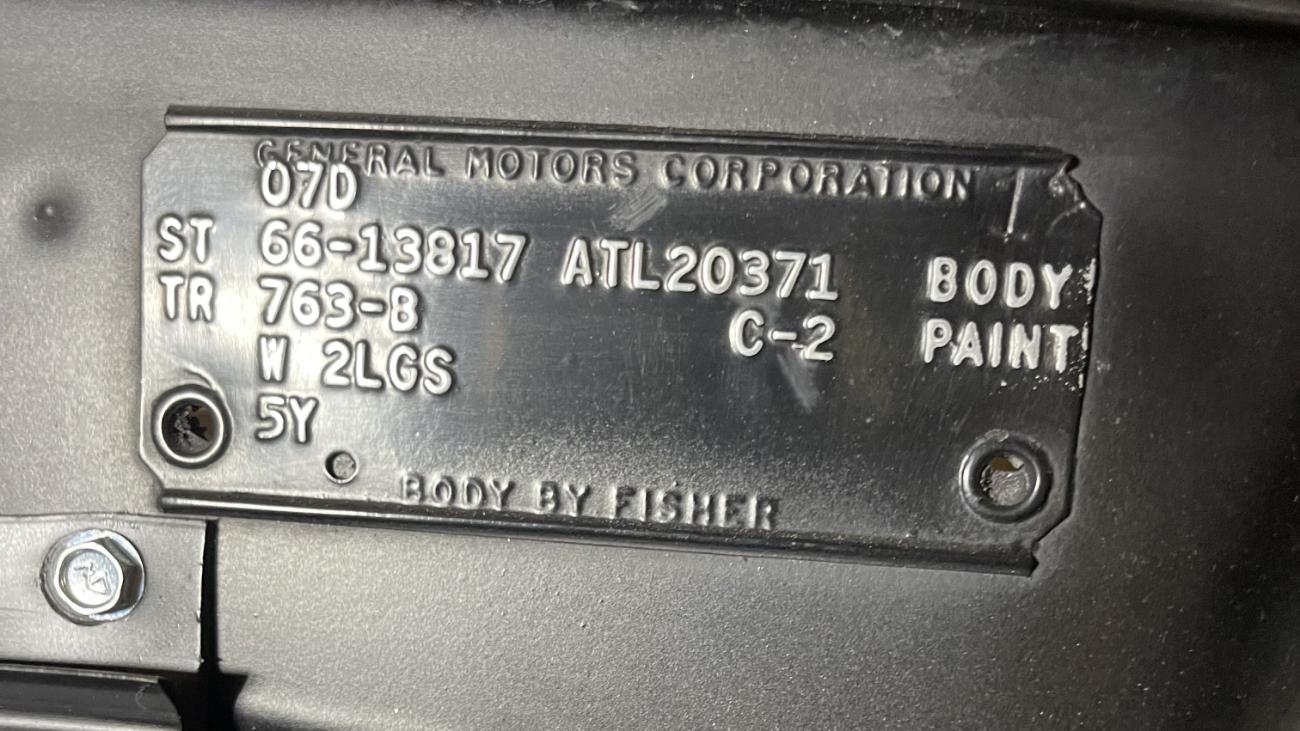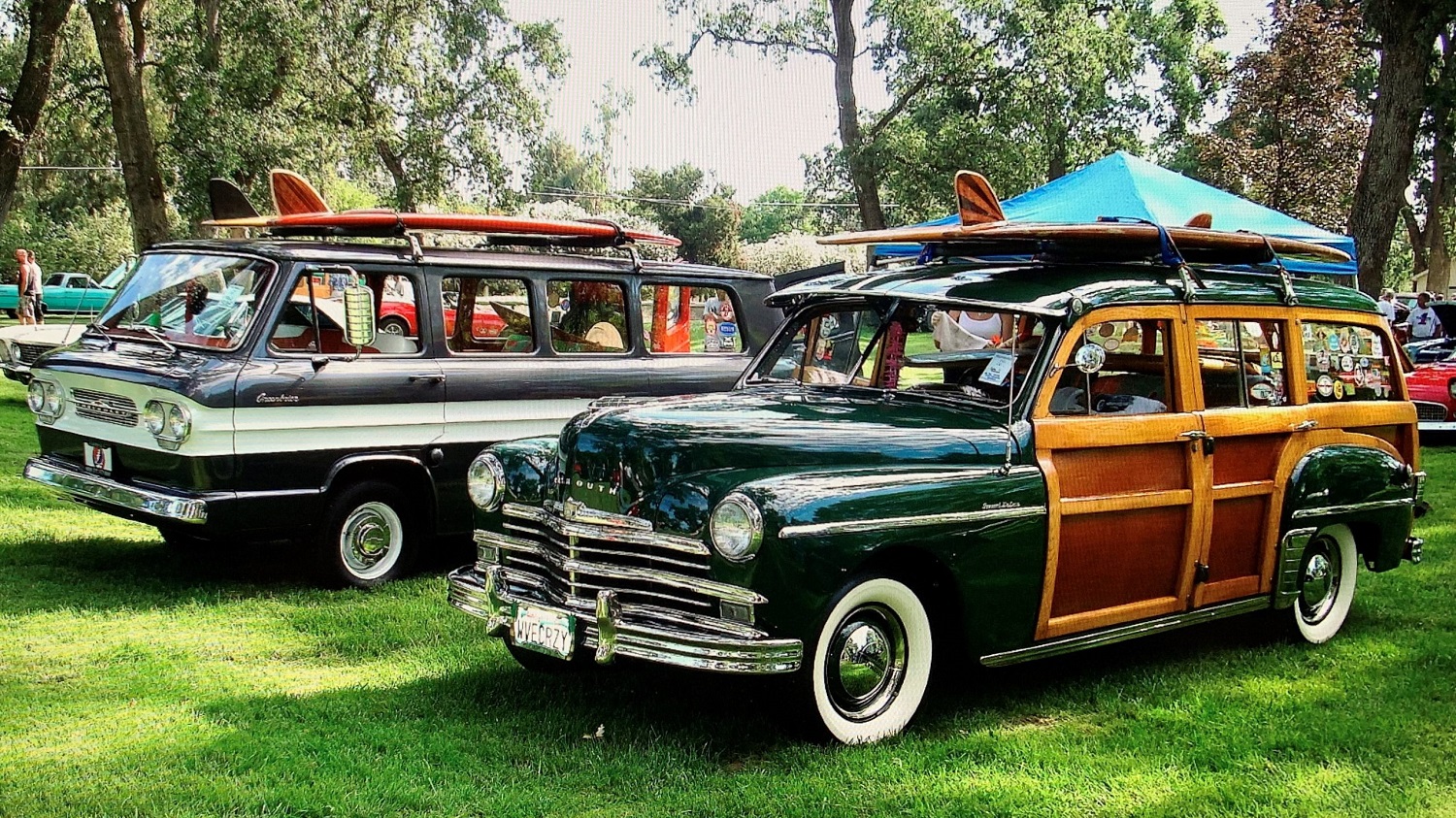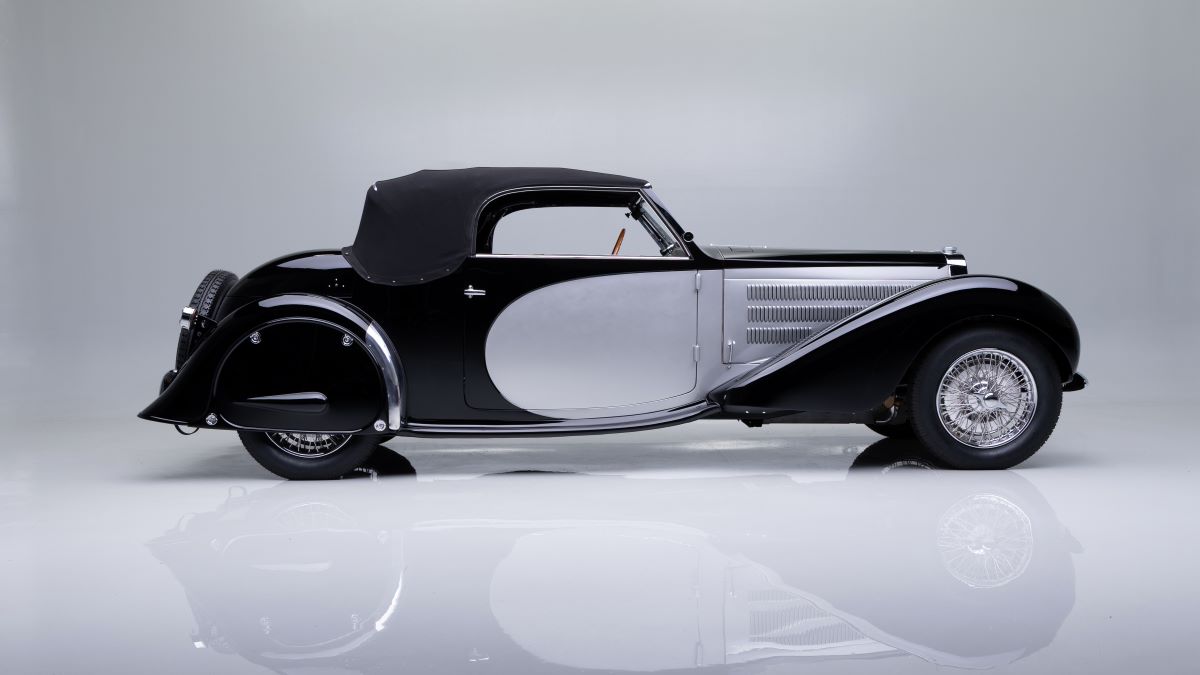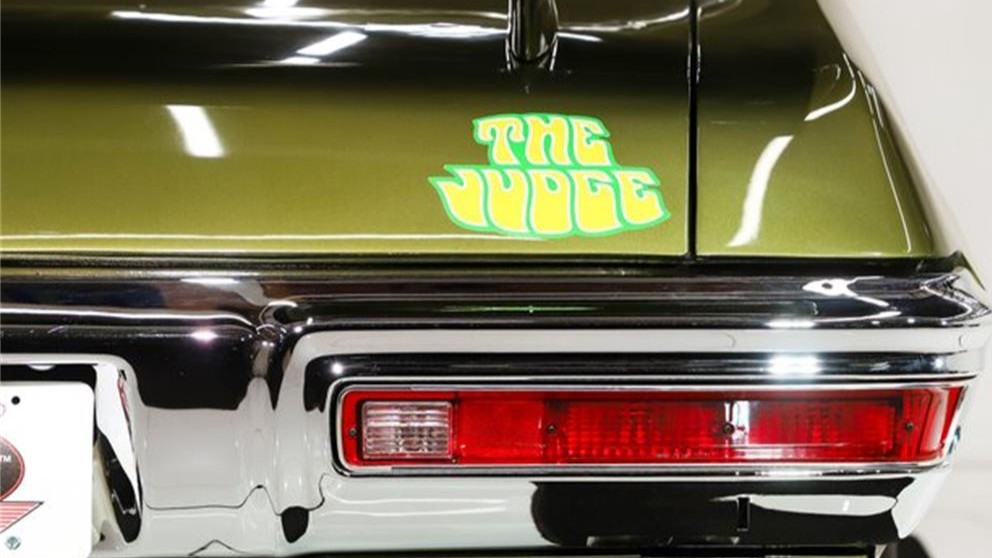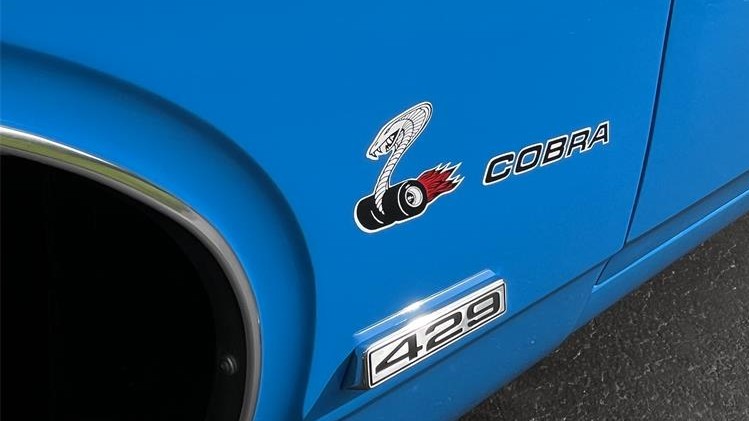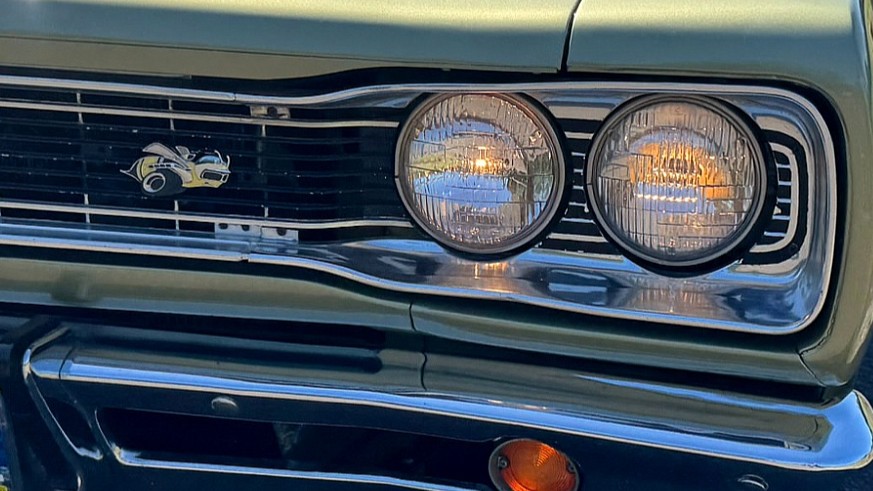While writing this recent overview on American Motors and the 1970s used car market, I discovered that the mid-year introduction of the 1970 Gremlin included a cut-rate version that lacked a rear seat.
The Gremlin was a clever, short-wheelbase take on the Hornet compact, which had been introduced several months before in the autumn of 1969. AMC liked to hype the fact that it was two inches longer than a Volkswagen Beetle, yet it was seven inches lower and had a turning radius that was about three feet less than that of the German, all the while designed to American standards of comfort and convenience. This two-pronged approach allowed AMC to compete with the likes of both the Ford Maverick and Pinto—compact and subcompact.
The two-seat Gremlin (love the name, but probably not a good idea today) reminds me of a business coupe or utility sedan, a throwback to a time when tradesmen were targeted with austere, fleet-style vehicles that often lacked a rear seat, leaving more room for equipment or wares. However, I doubt this version of the Gremlin was targeted at these folks. Instead, I suspect it was for those who were interested in basic transportation and seduced by a range of almost 500 miles on a full tank (21 gallons, no less) of fuel, a smooth ride, and decent acceleration, as described by a period AMC ad.
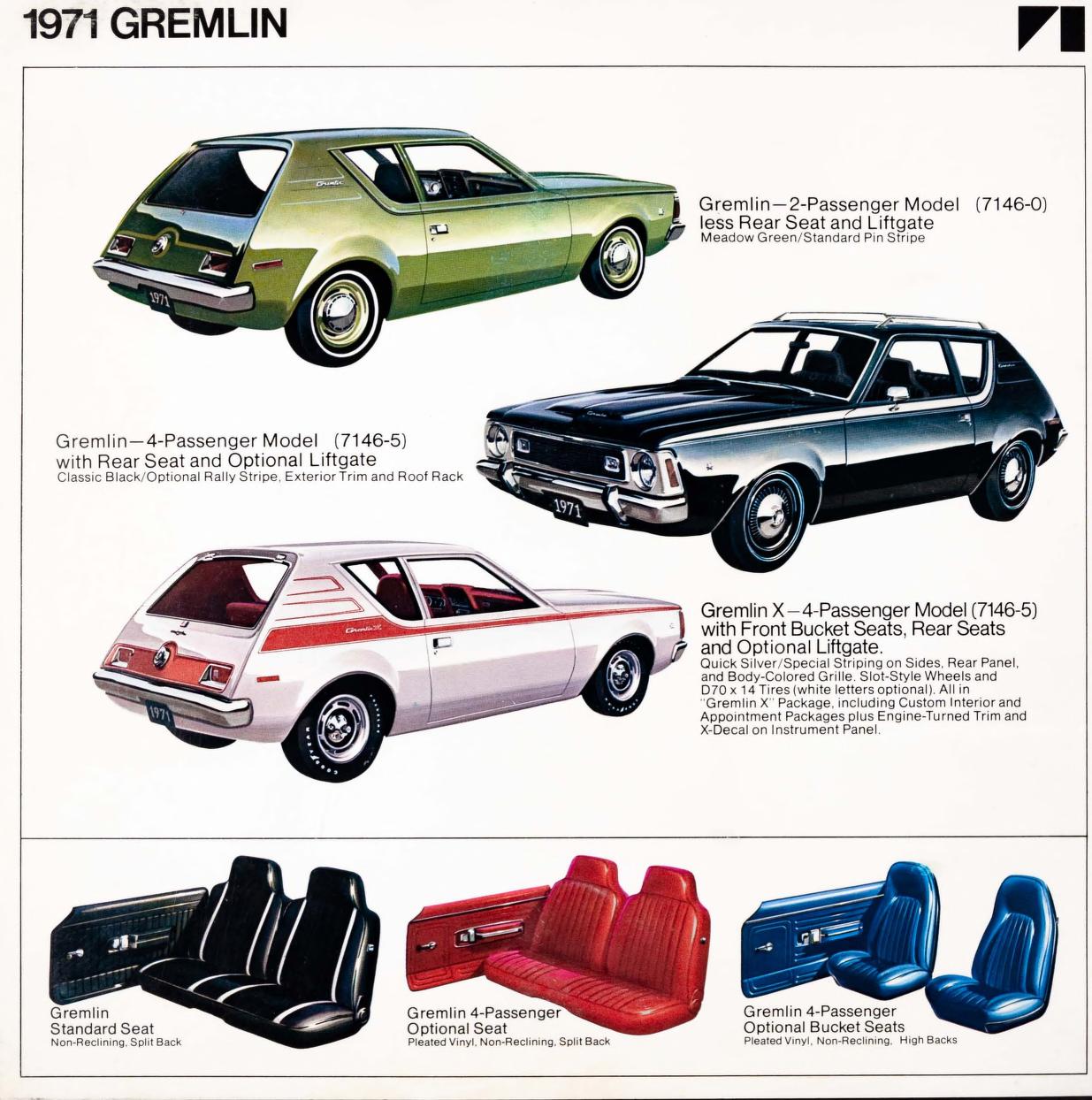
In addition to the lack of a rear seat, the two-seat Gremlin featured a fixed rear window, while four-seat Gremlins featured a flip-up “lift-gate” to give easy access to the storage area. If you wanted access to the cargo area of the two-seater, you had to use the side doors. Most Gremlin options were available, though bucket seats and items that toned down the austerity were not.
AMC advertised the four-passenger Gremlin as having the lowest list price of any car made in America, $1,959, aside from the two-passenger Gremlin’s $1,879 MSRP. According to the Standard Catalog of American Cars 1946-1975, only 872 two-seat Gremlins were produced for the abbreviated 1970 model year, while an additional 2,145 were made for 1971. After that, all Gremlins featured a rear seat.
Was the two-seat Gremlin the AMX version of the Hornet? That’s quite a stretch, but the two-seat subcompact definitely contrasts with the cheapest cars of today, which feature standard power windows and air conditioning.

